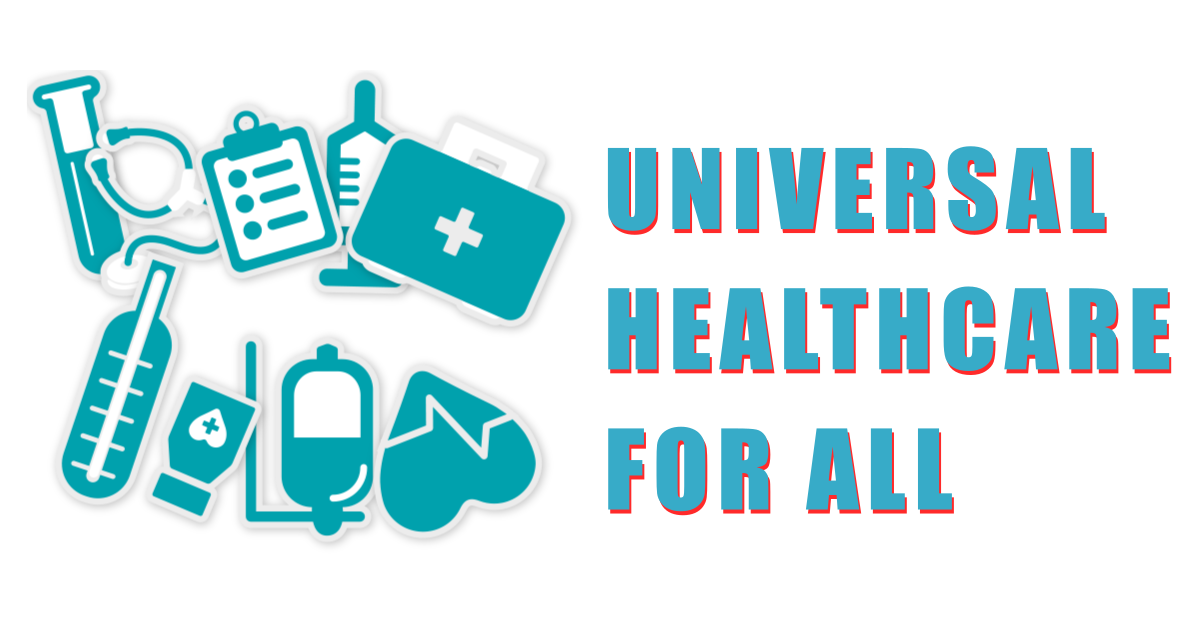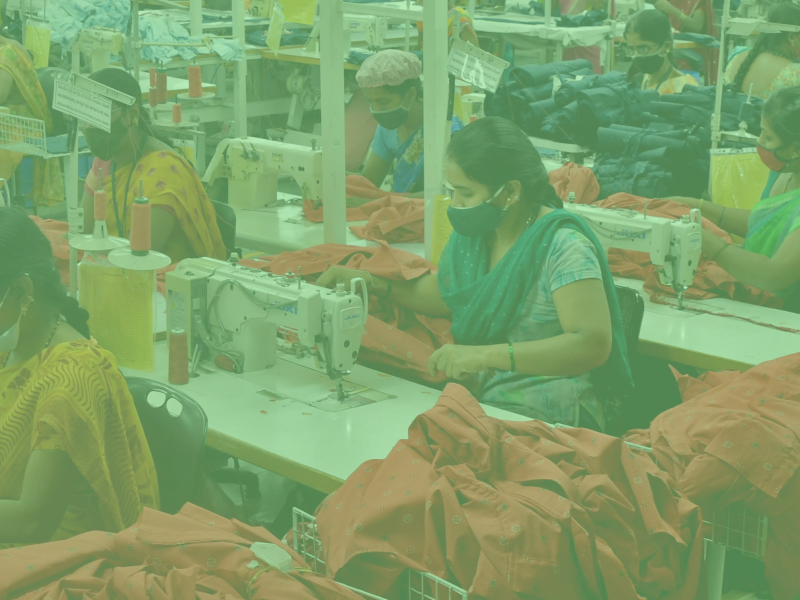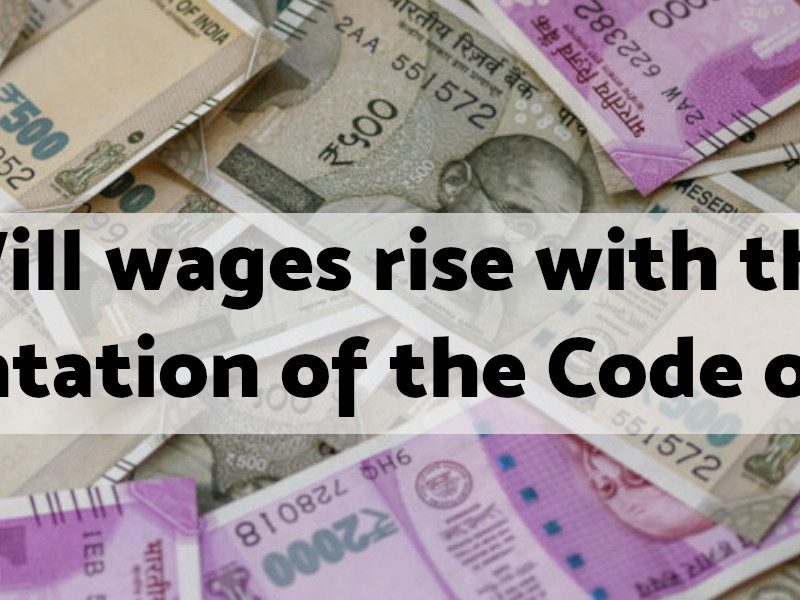The recent health crisis in our country stemmed from the lack of availability of oxygen in hospitals. People literally died because they did not get oxygen to breathe. According to official data, as of 15 May 2021 more than 315,000 people have died; unofficial data claim that number of deaths due to this deadly virus is close to 1.5 million. Was it only the virus that caused the loss of lives or was it lack of access to basic healthcare that led to these untimely losses of friends and family across the country? In the national capital, Delhi, there have been days when patients in intensive care units had to struggle without oxygen for hours as the supply of oxygen dried out in expensive private hospitals!
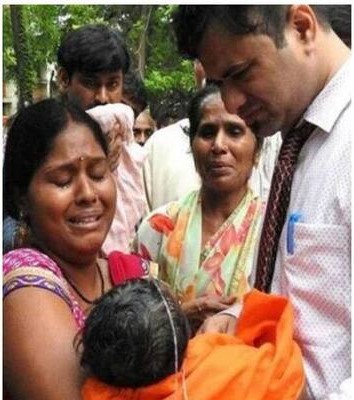
Four years ago, one Dr. Kafeel Khan at the BRD Medical College in Gorakhpur, Uttar Pradesh had raised the critical issue of shortage of oxygen supply. He tried his best to procure oxygen to save the lives of encephalitis affected children in the hospital but could not save 63 helpless children. He was charged with criminal negligence, corruption, suspended from his job and incarcerated for 9 months. Two years later, the government absolved him of all charges but no measures were taken to increase oxygen supply to hospitals.
In India, medical oxygen is considered a drug and features in the ‘National List of Essential Medicines’, the price of which is regulated by the government. Thus, for a private producer, the profit earned from producing medical oxygen cannot be entirely decided by the producer. This is seen as a restrictive policy and thus very few players decide to produce this good. And, those who do, are only willing to produce a certain small amount of liquid oxygen for medical purpose but use their production facility for producing oxygen for other commercial (industrial) use. Both these production decisions lead to a shortage in the supply of medical oxygen.
This supply shortage, in times of crisis, leads to hoarding and black marketing. In Delhi, during the covid 19 surge, oxygen cylinders that are priced by government at Rs. 8000 were being sold for upto Rs 63,000 to those who could pay.
This is a strange time when even the rich and the privileged were heard demanding more investment in healthcare, production of medicines and oxygen in the public sector so that it can be made available to all and not just to a few. People have also demanded more hospital beds in public hospitals as they lay waiting in ambulances and in their private cars queuing up before the private hospitals, which were not able to deal with this public health emergency.
Making hay while the Sun shines

“Given the oxygen crisis, we are putting in all our efforts to support India’s healthcare infrastructure. This is our collective resolve to fight the pandemic,” Tata said in a social media post.
On 21 April, the Indian Prime Minister called for a collective response from industry to deal with the challenge of oxygen cylinders and increase production and supply. The government announced restriction on oxygen supply to nine industries in a bid to divert supplies to hospitals from 22 April. On 18 April, Tata Steel announced it would supply “200-300 tons of liquid medical oxygen daily to various state governments and hospitals”. Between April 21 to 23, JSW supplied 898 tonnes of oxygen each day from its steel plants. By 28 April, Tata Steel had increased its supply to 800 tons of liquid oxygen every day. However, all these are goodwill gestures by the companies within their framework of charity, better known as corporate social responsibility. The government can only ‘appeal’ to their goodwill and sense of charity in a time of crisis. The government cannot demand that their private resources be put to use for public purpose like they did from the SAIL (Steel Authority of India Ltd. – the public sector steel corporation) plants across the country. The government diverted more than 35,000 tonnes of liquid medical oxygen from SAIL since the onset of the pandemic last year. On the other hand, the government has no right to make such a demand from private companies as that would mean forcing them to forgo their right to profit entirely and indefinitely so for the common good.
The same holds true for private hospitals that the government requisitioned during the pandemic to deal with the overflow of patients in public hospitals. This is also true for the vaccine providers in the private sector. Why should they produce a vaccine and not make profit? The companies producing these vaccines invested huge amount of resources, both human and financial, to produce these vaccines – they should, by the logic of markets, have the right to make profit from this investment.
The Union government on April 19 announced that all above the age of 18 can be vaccinated from 1 May but the vaccines will not be provided by them. The responsibility for vaccination of all in the 18-44 age category, was passed on to state governments or people could pay and get vaccinated at private hospitals. This meant that unless state governments vaccinated their people for free, vaccines for this age group are for only those who could afford it. So far only 7 states have committed to provide free vaccines.
On the other hand, Serum Institute of India (SII), a private biotech and biopharma company and currently the world’s largest contract covid vaccine producer, producing Covishield (AstraZeneca vaccine), declared that the price of its vaccine will be ₹150 per dose for central government, ₹300 per dose for state governments and ₹600 per dose for private hospitals, making it more costly for the states to vaccinate. Also, if one considers the age distribution of our population, less than 18% of the total population is in the above 45 years category, thereby the states will have to vaccinate a larger population at a higher cost than the centre.

Adar Poonawalla, the CEO of SII in an interview about pricing the vaccine at Rs 150 had said: “It is not that we’re not making profits… but we are not making super profits, which is key to re-investing.” At Rs 300 and Rs 600, the profit made will certainly be a super-profit. Despite this, on April 21, the Union government announced grants of ₹ 30 billion to Serum Institute and ₹ 15.75 billion to Bharat Biotech for their capacity expansion. At this combined amount (₹45.75 billion) the centre could vaccinate for free over 50 million people at ₹150 per dose. This brings us to two fundamental questions: In the world we live in, is it immoral to make profits? Definitely not. But is it immoral to make profits at the cost of human lives? That is an uncomfortable question.
Public sector – why do we need it?
The avoidable death of Kasturba Gandhi for lack of antibiotics in 1944 is said to be the motivating force behind Nehru’s resolve to explore the possibilities of manufacturing antibiotics to prevent and treat communicable diseases. As early as in 1946, technical teams were sent by the Government of India to various pharma plants in Western Europe and US to develop this programme. In January 1949, the Government decided to set up a public sector corporation to produce antibiotics. The first plant of Hindustan Antibiotics was set up at Pune where Kasturba had breathed her last.
However, in this endeavour, technology transfer remained a contentious issue with the big multinational pharmaceutical companies, who held the formulas to these drugs. From the 1950s, the government adopted various initiatives to ensure the growth of the domestic pharmaceutical industry through a calibrated approach to building indigenous Research and Development (R&D).
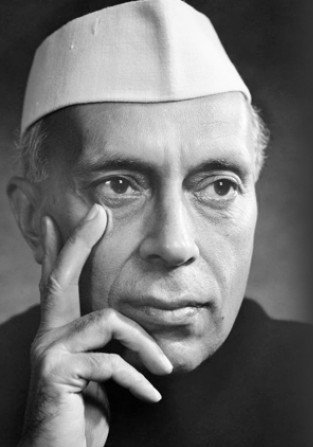
“We have built up a considerable number of laboratories and I have specially laid stress on research and the scientific approach, rather than the commercial approach to scientific problems. The commercial approach can pay dividends in a country like the U.S. where the whole basis of the social structure is commercial and individual profit making. We cannot emulate the U.S. in this and have to find a different way, a way in which the State takes a large hand and science has free play.”
Nehru believed that technological capability, if developed in partnership with foreign MNCs, will lead to a commercial solution to a scientific problem. Our current crisis of vaccine unavailability for our own citizens is rooted in this. Even though India is the largest producer of the covid 19 vaccines for various pharma MNCs, our government has no control over where this vaccine shall go. We have become the vaccine supplier to the world with no vaccine for our own people.
The steady destruction of the public sector from the 1990s and its vilification as an unnecessary monster that reeks of an era of societal morality where individual merit was not the only determinant of success and survival but was guided by a notion of collective equity, freedom and justice. The public sector is meant to produce for many and not for the special few, it serves all equally, cannot by definition discriminate or exclude people from the goods and services they deliver. Thus in a world of markets, the public sector is seen as a distortion. Consequently, successive governments not just in our country but across the world have been trying their best to get rid of this nagging distortion. The history of the British National Health Service (NHS), that provides free healthcare for all, is a continuing saga of this battle between the people trying to defend their right to free healthcare and successive governments trying their best to cut funding and shrink the NHS as part of their strategy of fiscal prudence.
The argument that all governments give its people, and we have almost begun to believe them, is that it is very costly for government to provide free healthcare for all. Many governments have thus resorted to health insurances as a replacement to universal free healthcare. The US welcomed insurance based Obamacare and we got Ayushman Bharat. The world has changed so radically that even our trade unions today demand greater coverage for their members under these schemes, instead of demanding universal free healthcare.
What is the problem with a private health insurance? A private insurance company providing a health insurance is just like any private company– it needs to make profit. But how is this profit made? An insurance company makes profit in 2 ways: (i) it makes money from the premium paid and (ii) it invests this money to make more money. Profit can only be high if only a small percentage of the insured persons fall ill. This model of profitmaking collapses when the insured person is poor. The probability of the poor falling ill is much higher than the rich. Thus insuring the poor is bad business. Yet companies enter this business given that it ensures bulk premium usually from the government. In that case, profit can only be made through rejection of claims. In fact, insurance assessors are incentivised for the number of claims they reject. Even the economic survey of India (2021) acknowledged that India has one-of-the highest level of Out-Of-Pocket Expenditures on healthcare, despite being covered under government insurance schemes, pushing families into poverty.
Imagine a country where healthcare is free for all. Is it possible? How do they afford this?
Free education: Every childhas access to free education. With an emphasis on healthcare, large number of students enrol in medical education. Consequently, doctor, nurse to patient ratio is very high. As part of education, medical and healthcare students are taught ethics and values alongside science and technology. Students graduate with a commitment to providing and preserving quality and equity within healthcare for their communities.
Healthcare Campaigns: Healthcare is considered a universal human right. Community campaigns for universal vaccination, maternity and prenatal care, sex education act as key components of preventive care with active participation of the community leading to reduced healthcare costs.
Community clinics: The neighbourhood is treated as the centre of public life. Primary healthcare is delivered at neighbourhood polyclinics equipped with doctors, nurses, basic diagnostic facilities and statisticians. The polyclinics also act as research and teaching centres for medical, nursing and allied health sciences students. The polyclinic also relies on active population screening for a clear community health diagnosis to ensure preventive care.
National Health System: The government takes all financial and administrative responsibility for healthcare of all citizens. There are no private hospitals or clinics. The advanced national healthcare system also acts as a site of ‘medical tourism’ thereby earning valuable foreign exchange.
Research and Development: The healthcare system is continually involved in improved use of technology, training and ongoing renewal of human capital, as well as the system’s capacity to gather and analyse available information and to conduct monitoring and evaluation, and reduction of cost of healthcare.
Production of essential drugs and equipment: The country also produces essential drugs, and medical equipment in the public sector in order to ensure that its citizens have access to lifesaving drugs and vaccines. Critical investment is made in indigenous R&D which is then tested and bulk produced for the country. These products are also exported for foreign exchange.
This sounds like an imaginary country, but in reality, it is not. This is the Cuba model that strives to convert medicine “…into a science that serves to prevent disease and orients the public toward carrying out its medical duties. Medicine should only intervene in cases of extreme urgency, to perform surgery or something else which lies outside the skills of the people of the new society” (On Revolutionary Medicine, Dr. Ernesto Che Guevera, 1960) and ensured health as a human right for all citizens, not just for those who can afford it. Despite economic blockade for decades, Cuba was able to develop this highly advanced low-cost healthcare system that places Cuba among the countries with the best health indicators. In 2018, Cuba spent 11.19% of its GDP on health while India spends only 1%.
“… an increase in public spend from 1 per cent to 2.5-3 per cent of GDP – as envisaged in the National Health Policy 2017 – can decrease the Out-Of-Pocket Expenditures from 65 per cent to 30 per cent of overall healthcare spend.”
Chapter 5, Economic Survey of India, 2021

